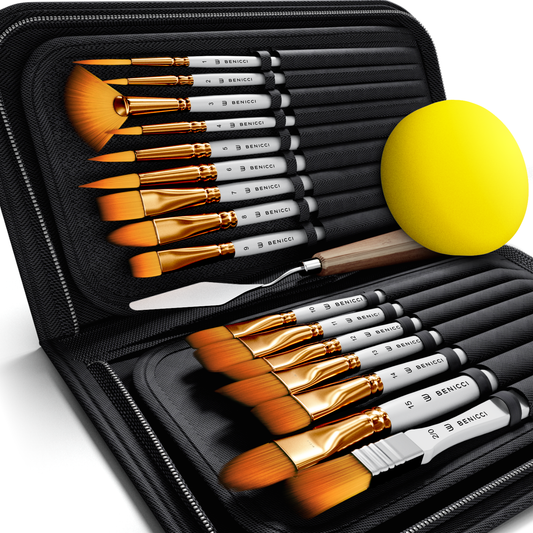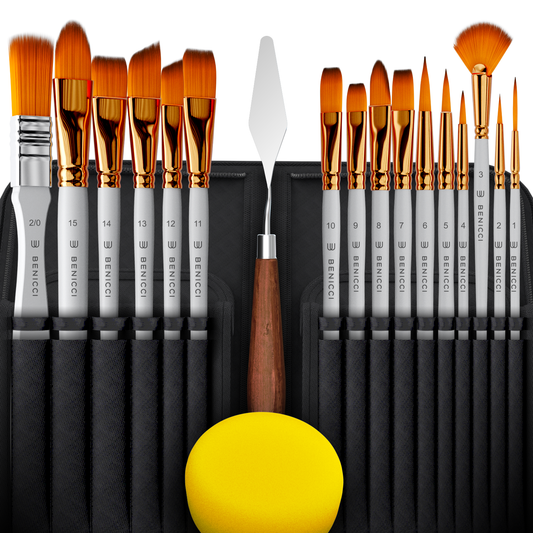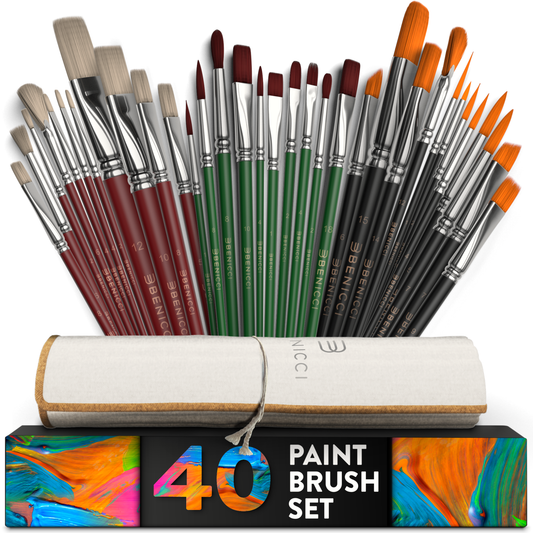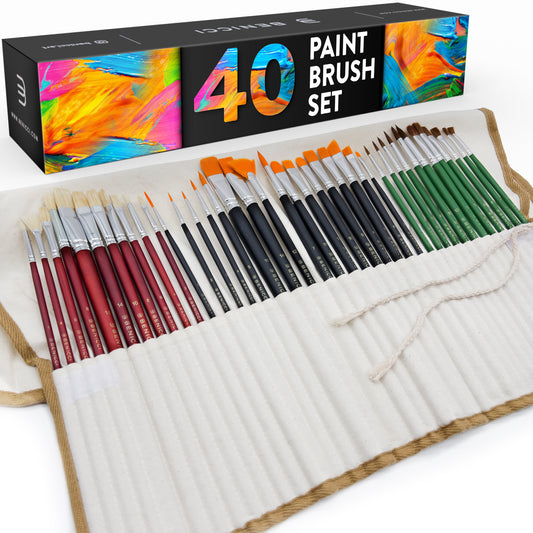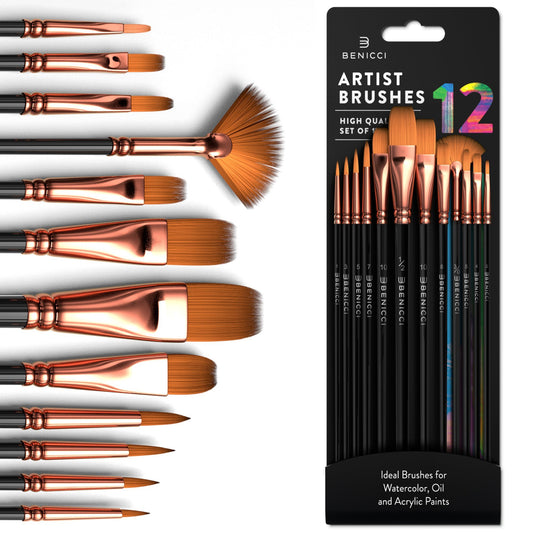
Creating a Cozy Interior Watercolor Sketch: How-To & Tips
Share
Welcome to Benicci’s art corner, where we transform blank pages into vibrant stories! Have you ever marveled at cozy interior sketches and wondered how to capture that warmth and liveliness on paper? Whether you’re an aspiring architect, a student prepping for a project, or a watercolor enthusiast eager to explore interior scapes, this tutorial is your canvas to creativity. Grab your Watercolor Brushes, and let’s bring a modern living room to life!
🧑🎨 Level: All levels
🕑 Estimated time: 30 min
Materials:
- Benicci Watercolor Brush Pens Set of 26 (or regular watercolor paints)
- Pencil and eraser for sketching
- Water brush pen or a regular brush with water
- Watercolor paper/Sketchbook
- Palette (optional for color mixing)
- A reference image or a room from your imagination
Step 1: Preparing the Sketch and Colors
Choose a room or interior you'd like to paint. You can use a space in your home or find a reference online. Or, take our idea—we were inspired by a cozy, modern living room and prepared a sketch using pencil drawing.

Think about the colors you want to include in your work. The interior can express various moods, but often the time of year, the seasonal light, and the interior style dictate the color choice. We selected natural and spring shades from our Watercolor Brush Pens Set, like blue, green, brown, and yellow, to represent the bright, fresh feeling of spring in a cozy interior.
☝️Quick Tip: Create a color selection on a separate sheet to assemble your matching palette and see how the colors appear on paper—a useful exercise for beginning artists.

Step 2: Painting the Basic Elements
Let’s begin painting the central elements of the interior. At this stage, our goal is to create the main color spots for the primary and largest elements of the composition. Our watercolor markers and water brush pen excel here. Simply color the element with the chosen color, then go over it with a water pen to achieve watercolor smudges. Classic watercolors and brushes (like Benicci's Paint Brush Set 16) can also be used for a similar effect.
Apply color to the darkest elements of our composition—the floor, coffee table, and chest of drawers. Use dark brown and black for these, thinning with water to smoothly layer these elements with color. Also, gently apply the base color of the wall to accentuate the foreground objects, using a neutral light gray.

Step 3: Painting the Sofa
Use green and brown to paint your sofa. Apply green for the upholstery and dark brown for the wooden parts. This harmonizes the sofa with the rest of the interior elements. Remember to add shadows with gray and brown in the sofa’s folds. The pillows will be painted later.

Step 4: Painting the Smaller Pieces of the Composition
Now, paint the smaller, detailed interior items. These are vital as they add uniqueness to your painting—include all the fine details. We've depicted elements such as books, picture frames, vases, dishes, and other trinkets. Don’t overlook the plants; use green spots to mimic foliage. All these items create the coziness of any interior, so give them due attention.

Step 5: Interior Detailing
Once you’ve established the main color spots for the furniture, detail the composition. In this step, draw with markers directly on dry paper without mixing with water.
Color the rug gray with horizontal strokes to emulate its texture and pattern. Accent the rug's edges in brown for added realism.

With a black marker and light pressure, outline the wood grain on the dresser fronts, adding texture and realism to the furniture.

Identify the light source and use dark shades to cast shadows from the furniture. In our sketch, the light comes from the right, so we added long, dark shadows to the left of each object, employing dark browns, blues, and grays. Sharp shadow outlines can enhance realism since shadows often have distinct silhouettes.
Step 6: Finishing Touches
You’re nearly done with your watercolor interior. With a dry marker, refine the plant elements—add branches in brown and use darker green for shaded areas of the foliage.

Cast gray shadows on the vases and tableware with a couple of lines on the side away from the light source (left, in our sketch). Gently use a marker to add schematic drawings or inscriptions inside the frames, animating them with artistic elements—an essential touch, right?

Nice work!
Congratulations on completing your serene and inviting watercolor interior! It’s not just a sketch; it’s a narrative of a place filled with life and comfort.

Our Benicci Watercolor Brushes offer the flexibility and ease of use to create such lively pieces with ease. For further guidance and inspiration, be sure to check out our concise video tutorial to witness these techniques in action.
As you embark on this creative journey, remember that every stroke of color is a step towards mastering the art of watercolor interiors. Happy painting and see you in the next tutorial!


